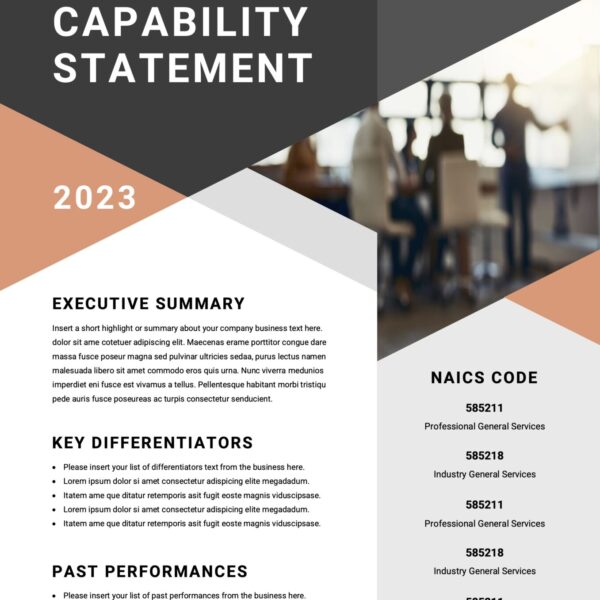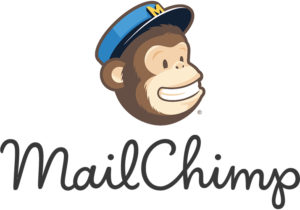 If you’ve been a freelancer for more than a year or two, the term “consultation” has a personal meaning to you. It means time you’re going to spend with a potential client for free to learn their needs and also your 15 minutes of fame to explain why you’re the best designer they’ll ever meet.
If you’ve been a freelancer for more than a year or two, the term “consultation” has a personal meaning to you. It means time you’re going to spend with a potential client for free to learn their needs and also your 15 minutes of fame to explain why you’re the best designer they’ll ever meet.
During these initial meetings, you the designer and your prospective client do a little bit of a dance. They initially believe you are good at what you do, but when you finally sit down at that coffee shop to show them your work, you still have to truly impress them. You’re going to say some industry terms to sound a bit techie and sophisticated like “your brand this,” or “corporate identity,” or “responsive web designs.” Things you know they may have heard or Googled but have to idea what they truly mean; though they know they want it.
Once you’re done with your presentation, and answered questions, you’re left with a bit of a pause and silence. This is where you need to be ready to pounce on sealing the deal. During your conversations though, there are a few things you’ll want to pick up on to gauge how you’ll want to seal the deal.
Body Language. This doesn’t necessarily take a psychology degree for you to use, but it is a good thing to keep a focus on. Pay attention to how they are sitting while you’re explaining your graphic process. Do they lean in, do they lock eyes with you while you’re talking. Are they fidgeting with their fingers or hands? These kinds of tells will give you some insight to what they’re actually thinking about.
Design Knowledge. How much of what you do are they already familiar with? Get them to talk about what they want first before you lean in on what you know and do. Its ok here because if you’ve made it this far in meeting with them, they already feel confident enough that you are who your reputation says. So spend a few minutes listening to what they say they’ve done in the past, or what they’d like to have done. This will help you understand the language level you need to be at. You’ll know if you can speak in more “tech-talk” or more in layman’s terms so that you’re not flying way over their heads.
Previous Experiences. Had this person or agency worked with a previous designer; and if so how was that experience. It ended for a reason which is why they’re speaking to you, so find out why. More times it may be a bad client/designer relationship that deteriorated over time. Was that time frame months, weeks, years? Is this potential client needy or expect projects done yesterday? Or do they need a lot of hand holding and persuasion to provide answers and content?
Budget Keywords. This one will pretty much tell you where on your pricing sheet they’ll fall. There are three factors to consider with any design project and that’s quality, price, and time. The client can choose only two out of those three, and you have to direct them there. I usually talk about price a little after I’ve made points to establish a base that myself and my team know what we’re talking about and are good at what we do. See the triangle below:
Be Prepared to Sign Today. Have all your necessary documents with you when you have your meetings. I can’t tell you how many times I’ve scheduled meetings thinking it would be casual and mostly informational that turn into “Do you take credit cards?” Our own content and copy writer Yvonne, signed a client while at the hospital visiting a family friend. Always have copies of your most up to date contract, brochures, media kits, business cards, and some form of payment acceptance and receipt system. If your meeting goes well, you’ll want to try to close the deal by the time their coffee cup is on their last sip. And we all know that last sip is the best. Chances are you’ll wow them and inspire them that you’re going to take their business to the next level. That feeling fizzles out with each passing day after your initial meeting, and it’s even harder to recreate that “chemistry” you had from the first meeting.
Really think about these things and see where you may have used some of these techniques before. For me, its something I love to teach to my team members of Design Theory to make them even more confident in themselves and the level of service we provide as a whole. Do you have some other tips you’d like to add? Please share in the comments below.
(featured image credit: 123RF Stock Photos Copyright (c)




All excellent points and pearls of wisdom no matter what industry you’re in!
Thanks for reading and commenting Alysia! Yes you’re right, these certainly may be applied to any industry.
Building a meeting around a proven process that fosters creativity and innovation, participants attain organizational goals and turn ideas and information into profitable results. Let’s do this!
Thanks for reading and commenting James! That’s my goal is to teach these things to all of you, and also for me to learn from you all as well.